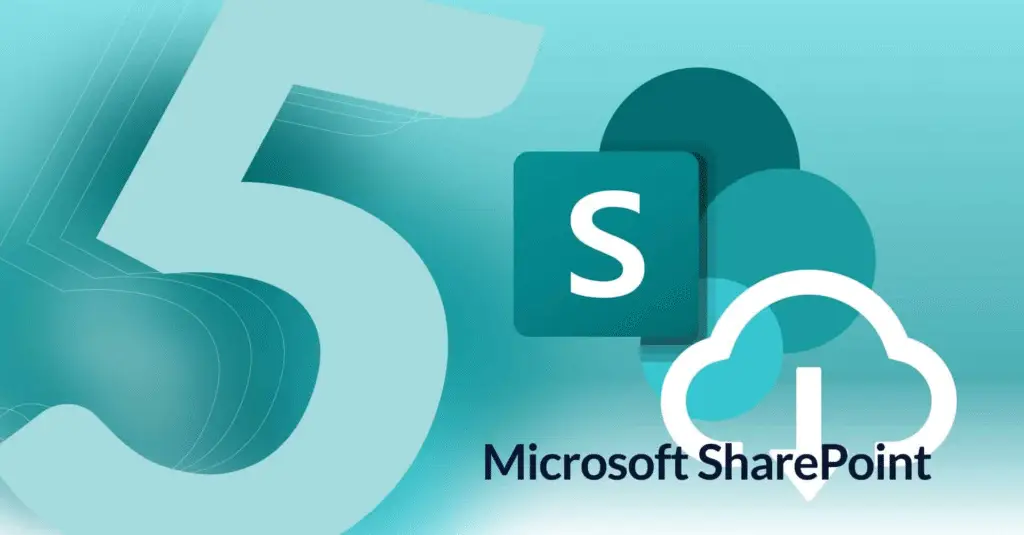Microsoft SharePoint is a widely used collaboration and document management platform employed by organizations across the globe. While it offers powerful tools for productivity, SharePoint has also become a frequent target for cyberattacks. Over the years, numerous vulnerabilities have been discovered, putting sensitive corporate data at risk. This article explores the nature of SharePoint vulnerabilities, recent incidents, and how businesses can protect themselves.
What Is Microsoft SharePoint?
Microsoft SharePoint is a web-based platform that integrates with Microsoft Office. It’s commonly used for:
- Document management
- Intranet portals
- Workflow automation
- Collaboration and team communication
- Content management

Because it stores large volumes of critical business data and user credentials, it is an attractive target for attackers.
Understanding SharePoint Vulnerabilities
SharePoint vulnerabilities typically arise due to:
- Unpatched software
- Misconfigured settings
- Outdated plugins or third-party integrations
- Zero-day exploits (previously unknown vulnerabilities)
- Poor access control policies
These weaknesses can allow attackers to perform unauthorized actions, such as executing code, escalating privileges, or stealing confidential data.
Recent Notable SharePoint Vulnerabilities
1. CVE-2023-29357 – Privilege Escalation (Critical)
This critical vulnerability allows unauthenticated attackers to gain administrator privileges on a vulnerable SharePoint Server. It was rated 9.8/10 on the CVSS scale.
- Type: Privilege Escalation
- Risk: High
- Patch: Released by Microsoft in June 2023
2. CVE-2020-1147 – Remote Code Execution (RCE)
This vulnerability lets attackers execute arbitrary code via specially crafted SharePoint pages or files.
- Type: Remote Code Execution
- Exploited In the Wild: Yes
- Patch: Available
3. CVE-2019-0604 – One of the Most Exploited Vulnerabilities
This RCE vulnerability was widely exploited by attackers to deploy web shells and conduct lateral movement within networks.
- Risk: Very High
- Targeted Industries: Government, Finance, Education
Common Attack Techniques on SharePoint
1. Remote Code Execution (RCE)
Attackers exploit flaws to run malicious code on SharePoint servers, leading to full control over the system.

2. Privilege Escalation
They gain higher-level access rights, even administrator-level control, without authorization.
3. Data Exfiltration
Sensitive files, emails, and records are stolen, especially when weak authentication methods are used.
4. Malware Deployment
Web shells and backdoors are often deployed through SharePoint vulnerabilities to maintain long-term access.
Implications of a SharePoint Breach
- Data theft: Confidential internal data can be stolen or leaked.
- Financial loss: Remediation, legal penalties, and downtime can cost millions.
- Reputation damage: Loss of customer trust and brand credibility.
- Regulatory violations: Non-compliance with GDPR, HIPAA, etc.
Who Is at Risk?
Any organization using Microsoft SharePoint — especially on-premise SharePoint Server — is at risk if security patches are not regularly applied. Even SharePoint Online can be vulnerable if misconfigured or poorly managed.
How to Protect Against SharePoint Vulnerabilities
1. Regular Patch Management
- Always install the latest Microsoft security updates.
- Subscribe to Microsoft Security Bulletins.
2. Conduct Security Audits
- Run periodic vulnerability scans on SharePoint servers.
- Check for outdated libraries or configurations.
3. Enable Strong Authentication
- Use multi-factor authentication (MFA).
- Enforce strong password policies.
4. Implement Least Privilege Access
- Limit user permissions to only what’s necessary.
- Regularly review and update access controls.
5. Monitor Logs and Network Activity
- Use Security Information and Event Management (SIEM) tools to detect unusual behavior.
- Enable audit logging in SharePoint.
6. Use Web Application Firewalls (WAF)
- Protect your SharePoint instance from common web exploits.
7. Backup Regularly
- Maintain regular backups of SharePoint content and configurations.
- Test backup restoration procedures.
Microsoft’s Response to Vulnerabilities
Microsoft is proactive in issuing patches and publishing security advisories. They also offer:
- Microsoft Defender for Endpoint to detect malicious SharePoint activity.
- Microsoft 365 Defender integration for broader threat protection.
- Security Baselines for secure SharePoint configurations.
The Role of Cybersecurity Teams
Cybersecurity professionals must:
- Stay updated with vulnerability disclosures.
- Test patches in staging before production rollout.
- Train employees to recognize suspicious activity.
- Maintain an incident response plan.
Conclusion
Microsoft SharePoint is a powerful enterprise tool, but like any complex system, it can be vulnerable to cyber threats. As SharePoint continues to evolve, so do the tactics of cybercriminals. Businesses must take a proactive and layered approach to security — combining technical measures, regular updates, and user awareness — to keep their data and operations safe.
